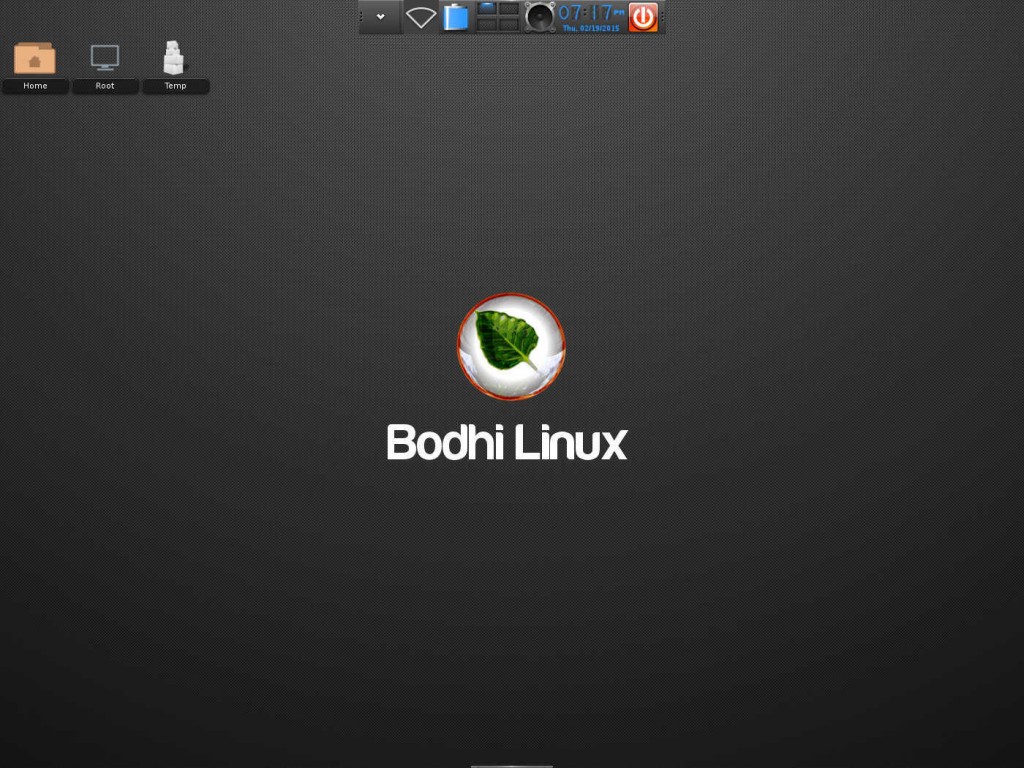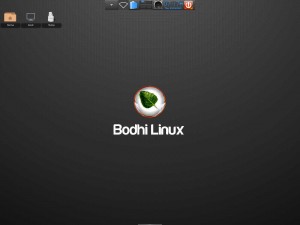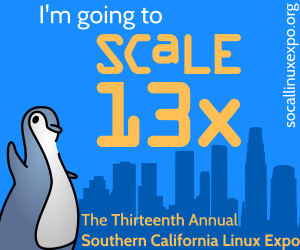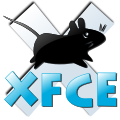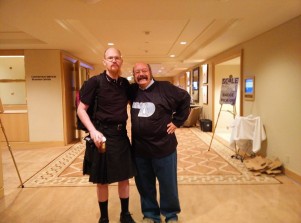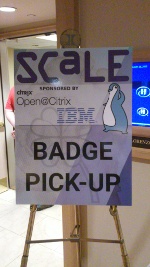There’s a new player in the preinstalled Linux world offering computers with Ubuntu preinstalled for $89, and although this price might suggest bottom of the line specs, the machines are more than powerful enough for most users. They’re also green — very green. They weigh in at 50% less than the average desktop, meaning they use less fossil fuel to ship, and are built in a case made of 100 percent recycled ABS plastic. They’re also shipped in packages completely made from non-virgin fiber.

They come from a company out of Phoenix called Symple PC, founded by Jason Spisak, who also was the co-founder and marketing director of the once popular Linux distro Lycoris, which made news back in 2003 when Walmart offered the distro preinstalled on $199 PCs. He’s now reinventing how we recycle still usable electronics by going far beyond the mere refurbishing of old boxes.
Christine Hall has been a journalist since 1971. In 2001, she began writing a weekly consumer computer column and started covering Linux and FOSS in 2002 after making the switch to GNU/Linux. Follow her on Twitter: @BrideOfLinux




